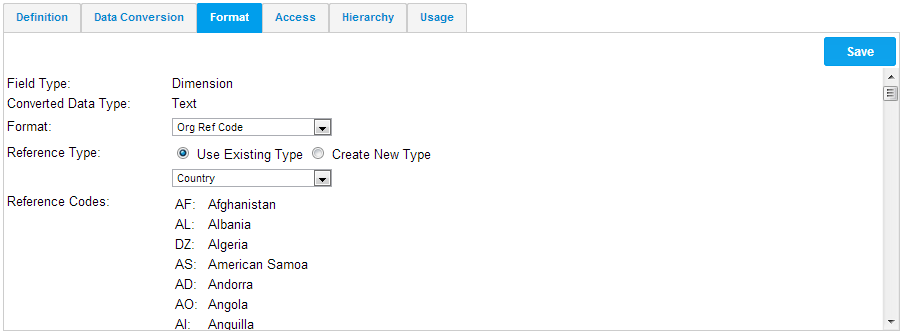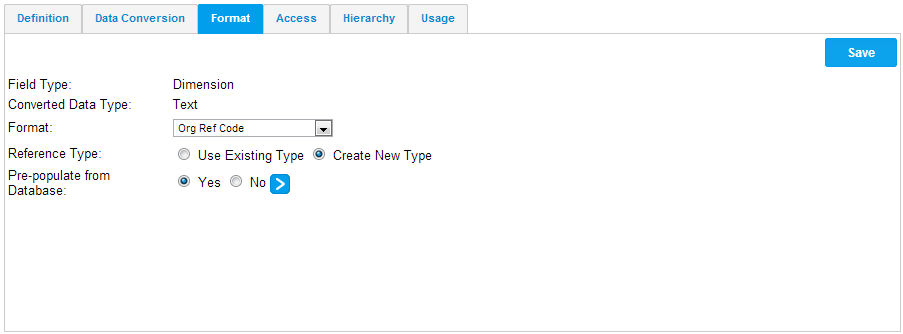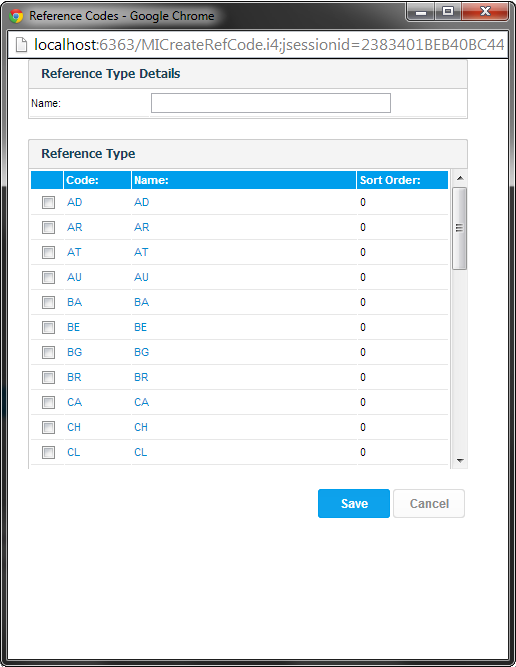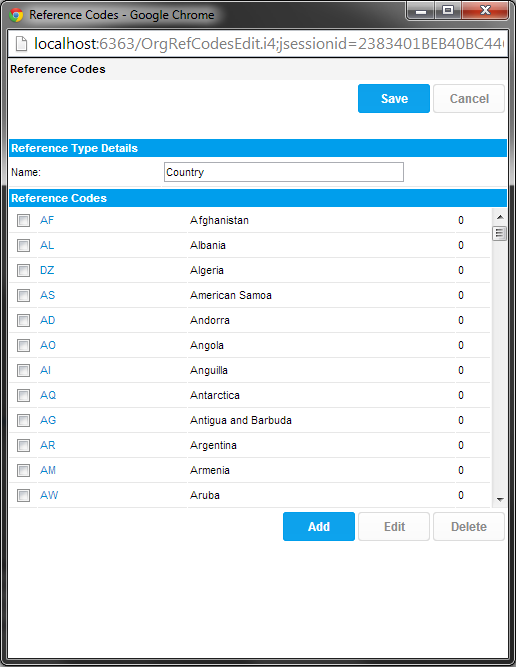Page History
...
| Table of Contents | ||
|---|---|---|
|
...
概要
| Styleclass | ||
|---|---|---|
| ||
- データソースが保持している値をビジネス用語に置き換えたい場合。たとえば、MあるいはFで保存されている性別を「男性」、「女性」として表示する場合です。
フィールドを特別な順序でソートしたい場合。たとえば、クエリーに対して返されるデータは通常英数字の昇順にソートされています。これに「Admin Staff」、「Manager」、「Executive Manager」などの肩書きが含まれていた場合以下のように表示されるでしょう:
- You wish to translate a value held in the data source into business terminology. For example if male and female are stored as M and F you may want to translate these into ‘Male’ and ‘Female’
If you wish to apply customised sorting to a field. For example: data returned in a query is usually displayed in Alpha / Numeric sort order. If your result set included: Admin Staff, Managers and Executive Management your report may look like this:
Admin Staff
500
Executive Management
10
Management
50
Hierarchically your data may actually need to be displayed in the following way:この場合、階級を考慮して以下のように表示する必要があるかもしれません:
Executive Management
10
Management
50
Admin Staff
500
This can be achieved by creating reference codes for the values and assigning a sort order to those codes.
...
これらは、値に対して参照コードを作成し、それらのコードにソート順を設定することで実現することができます。
参照コードの作成
| Styleclass | ||
|---|---|---|
| ||
- In the format tab the user must select Org Ref Code from the dropdown option; the other option is to choose to display the text which is stored in the database. Selecting to display the org reference code the user is able to create a new type or use an existing type.
- To use an existing reference code the user can simply select the code from a dropdown box once they have ticked the existing type option.
- To create a new reference code the user must tick create a new type option and then select to pre-populate from the database or not. A pop up window will appear so the user can add their new reference code. In this window the user can also edit an existing reference code or delete an existing reference code.
- If you pre-populate from the database you will see values already in the code list. You will have to give the reference code you are defining a name. This is so that the set of translations can be re-used across multiple views.
...
- まず、「書式」タブの「書式」ドロップダウンメニューから「参照コード」を選択しなければなりません。この他のオプションはすべてデータベースに保持されているテキストをそのまま表示することを意味します。書式を「参照コード」とすると、参照の種類として「既存のタイプを使用」あるいは「新規タイプ作成」を選ぶことが可能になります。
- ラジオボタンで「既存のタイプを使用」を選択すると、下のドロップダウンメニューから使用するコードを選ぶことができます。
- 新しい参照コードを作成する場合にはラジオボタンで「新規タイプ作成」を選択してください。次に「データベースから事前投入する」を行うか否かを指定して「→」をクリックします。「参照コード」ウインドウが開き、ここで新しい参照コードを定義したり、既存のコードを編集、削除したりすることができます。
- 「データベースから事前投入する」に「Yes」を選んだ場合には、既存のコードの一覧が表示されます。新たな参照タイプの名前を入力し、これらをコードに割り当てます。この参照テーブルは複数のビューで利用することが可能です。
参照コードの編集
| Styleclass | ||
|---|---|---|
| ||
Click on the code hyperlink to open the edit section in the lower section of the popup to change the name and sort order.
コードの名前をクリックして、下部に編集セクションを表示させます。この画面で、コードに割り当てられた名称とソート順を変更できます。
| horizontalrule |
|---|
| Styleclass | ||
|---|---|---|
| ||




